It took scuba diving, yoga, line dancing, bike rallies and aerial dance for Puerto Ricans to remove their governor. Next: People's Assemblies
It’s fascinating and exciting to see forms of popular, participatory power arising elsewhere in the world. In a global network society, news of good practice travels fast, and sometimes may appear “fractally” (as A/UK’s co-initiator Indra Adnan puts it).
From the Portside website, we’ve been hearing about the vigorous rise of People’s Assemblies in Puerto Rico. These follow the massive street protests against the corrupt and minorities-abusing governor of the American territory, Ricardo Rosselló, which led to his resignation on July 25th this year.
Very much in the spirit of the creative and futuristic democracy we celebrate here, the Puerto Ricans expressed their opposition in a riot of artistic and lifestyle forms, according to the New York Times. Run through the slideshow below:

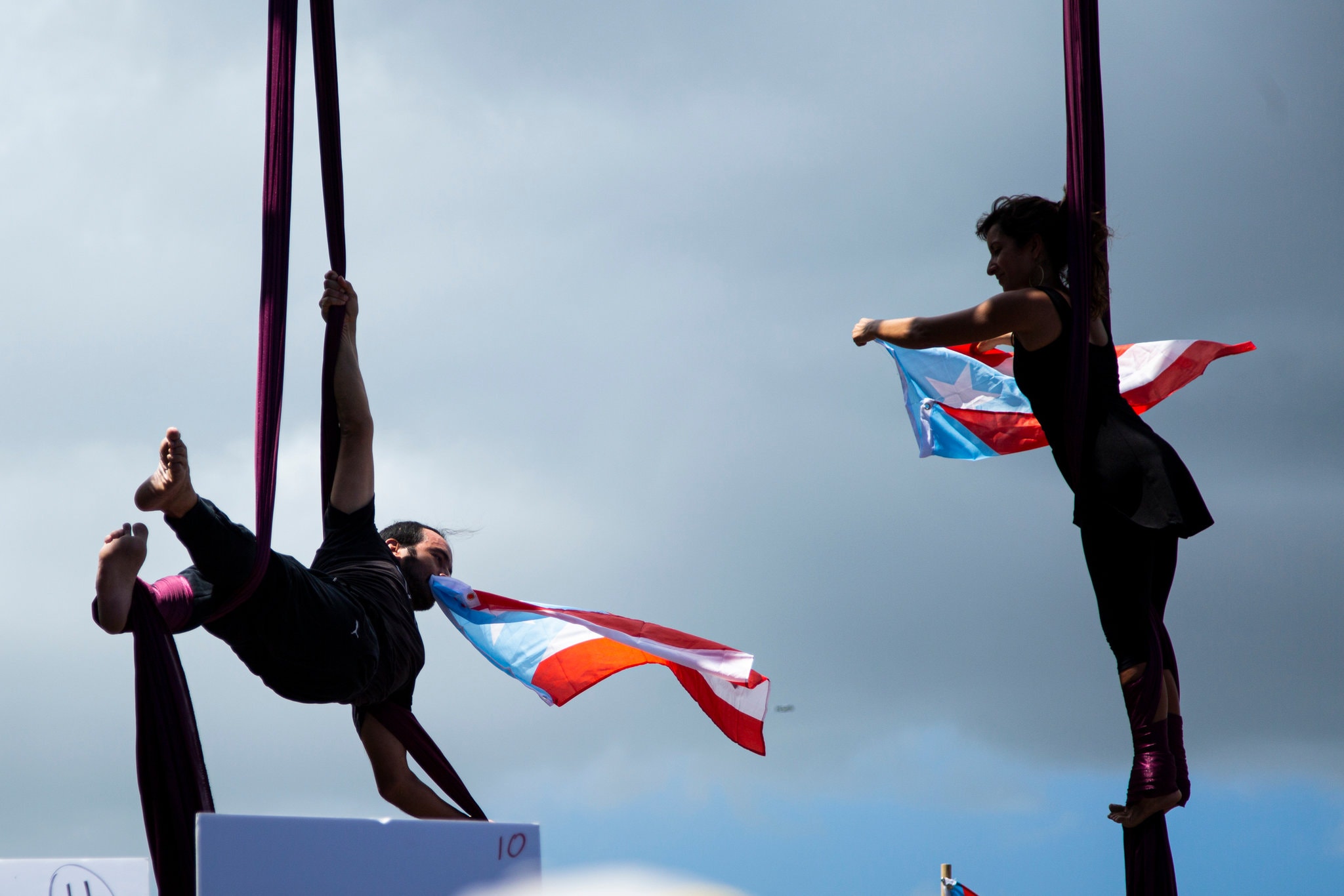
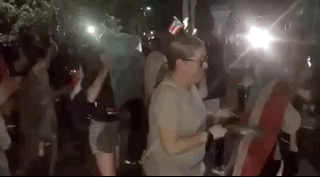


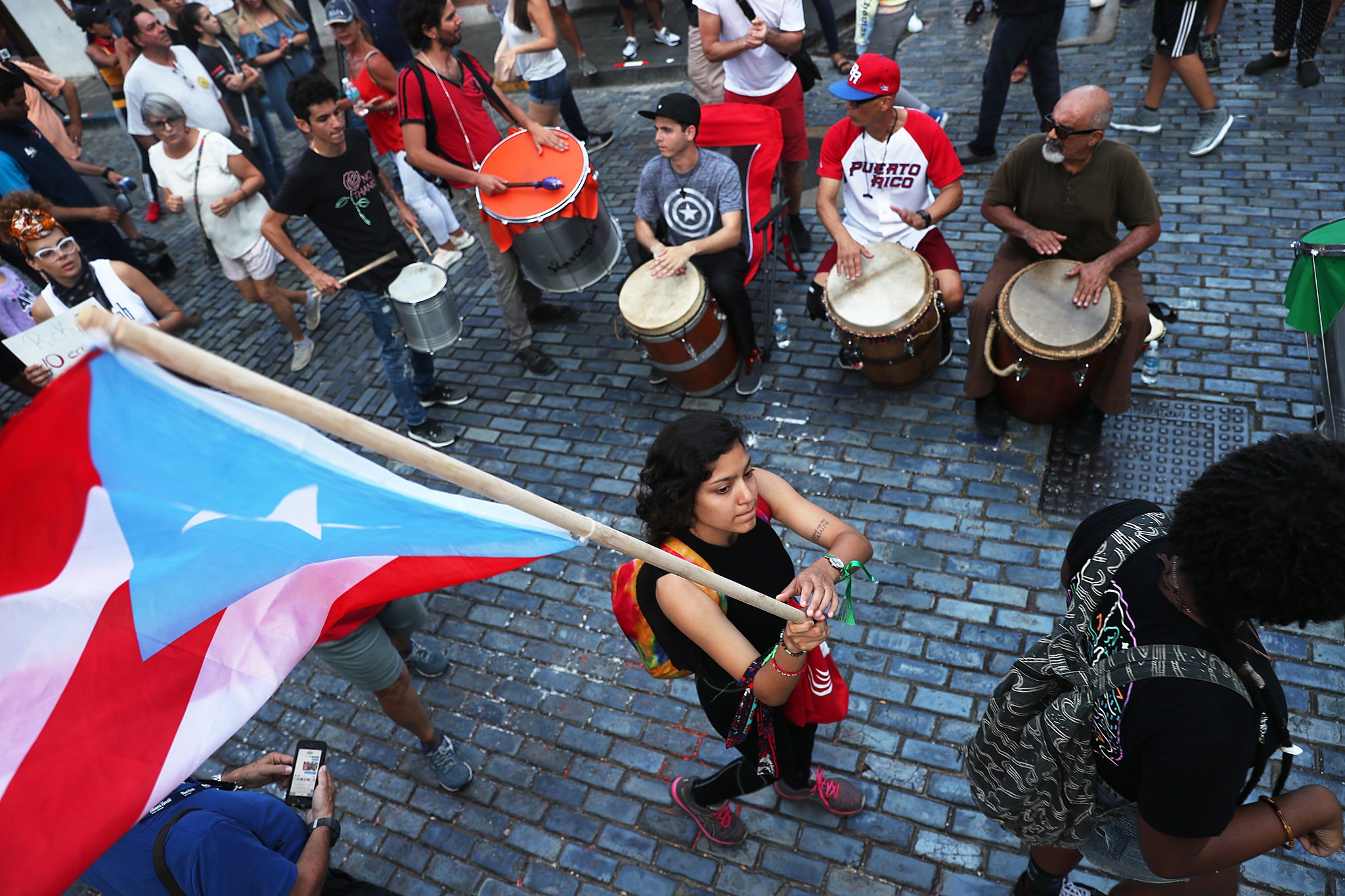
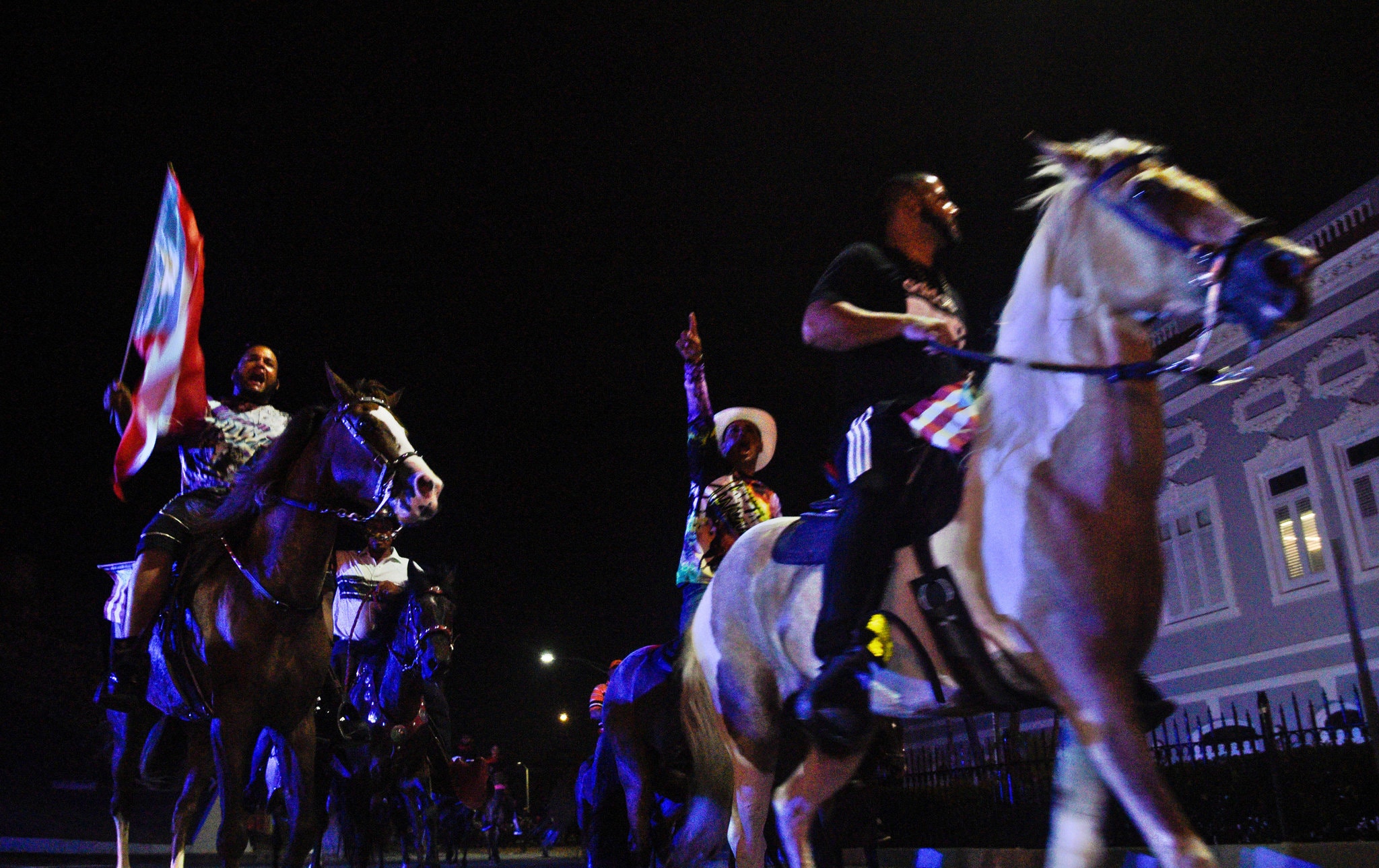
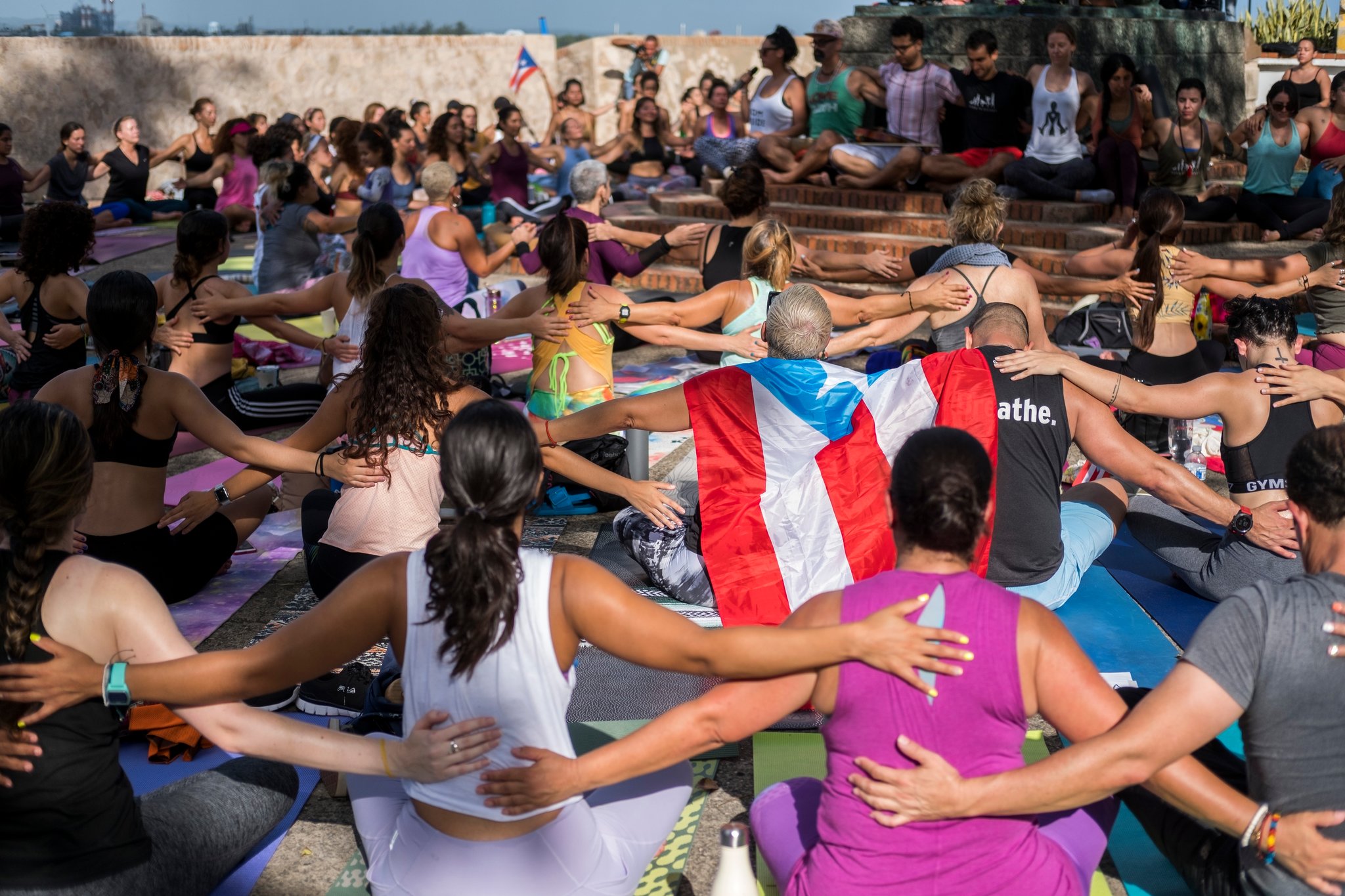
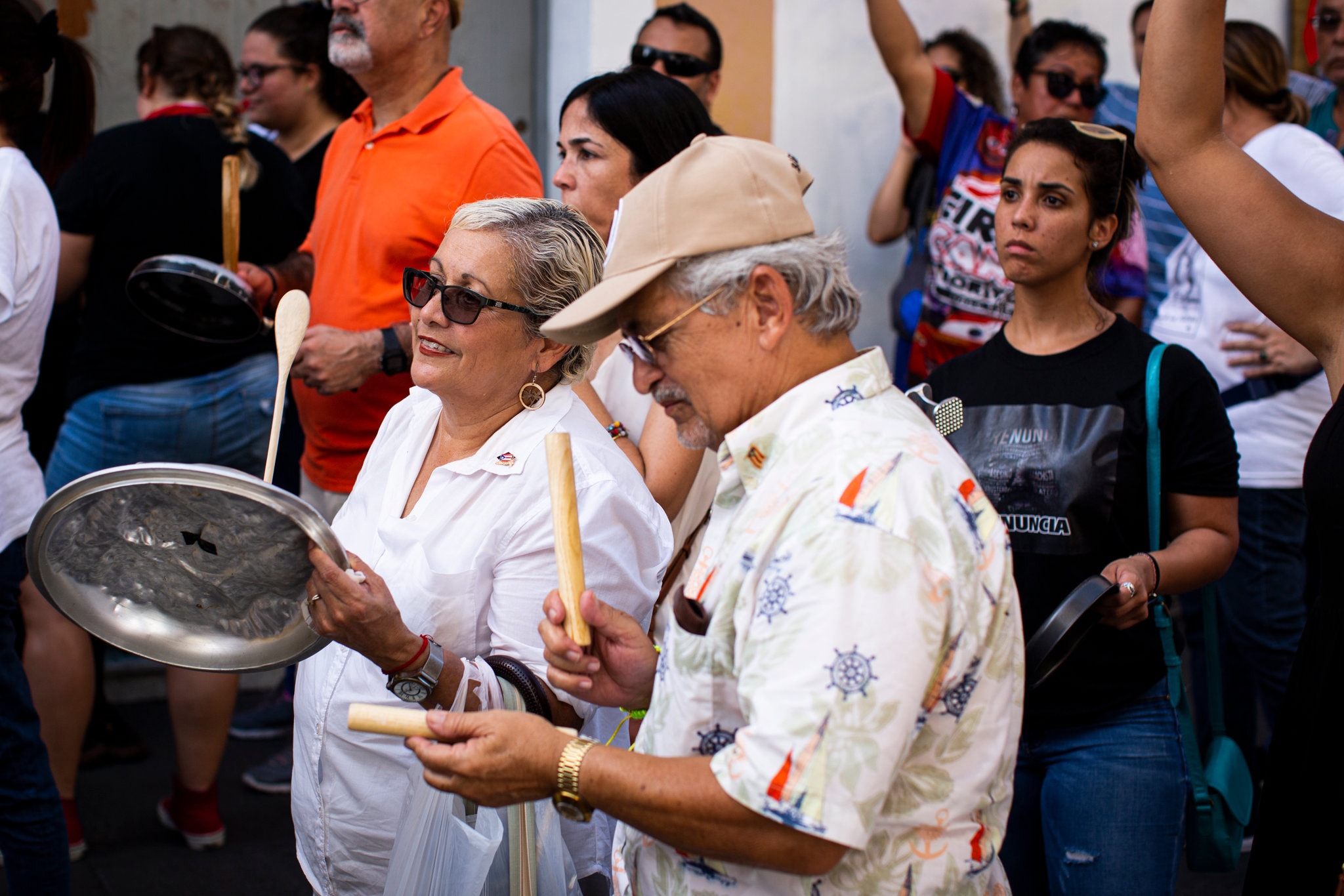

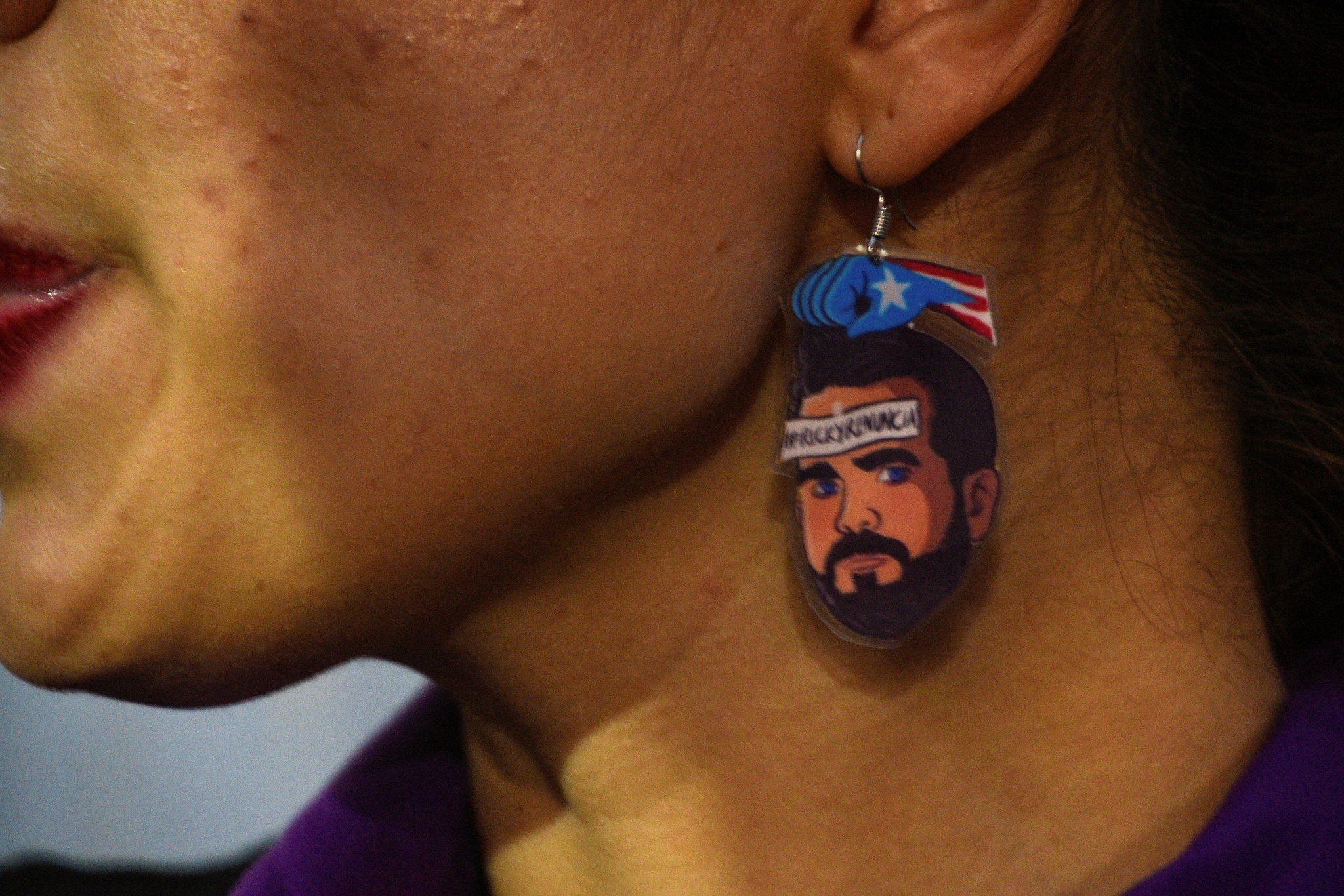
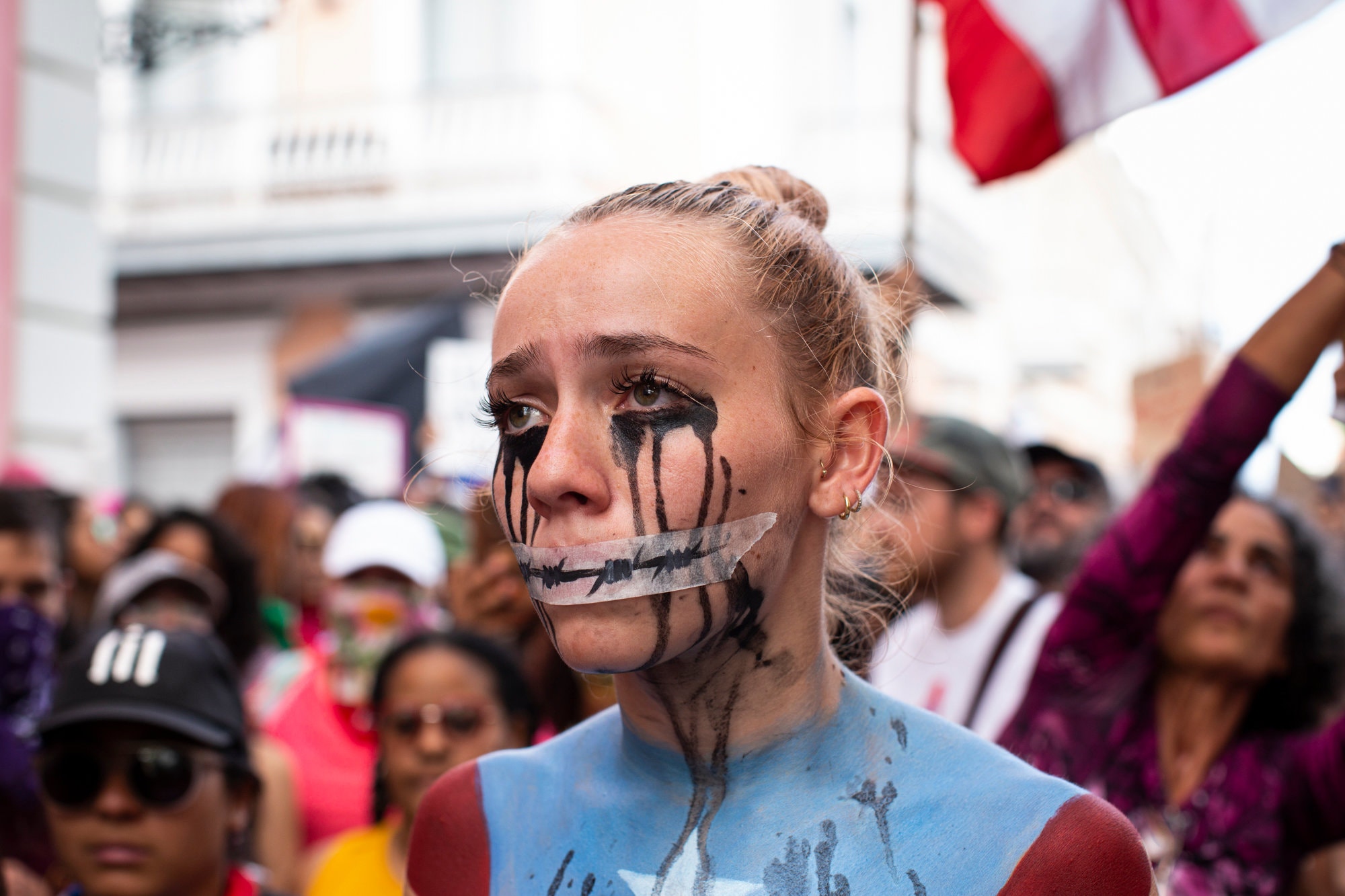
As the Portside article explains:
These events crystallized for Puerto Ricans a consummation of popular power. The outcome confirmed that an organized group of citizens can exert enough pressure to force a detente on the state.
Following Rosselló’s resignation, however, many have expressed concerns about possible demobilization. Some fear that as people return to the routines of life, the fiery resistance struggles of July will gradually fade from our collective memory.
Were the protests and marches the beginning and end of this political awakening? How far can this newly acquired power be taken?
The People’s Assemblies
Puerto Ricans now explore the breadth of these challenges with the formation of people’s assemblies. Assemblies began in August in different parts of the island, from Ponce, Mayaguez, Lares, and Utuado to Caguas, Gurabo, San Juan, and Carolina, as word spread with the help of hashtags such as #asambleadepueblo on social media.
Different sectors of civil society have convened these assemblies with the mission of reflecting on how to provide continuity to the mobilized citizenry and entering into deep conversations about governance.
These newly emerging spaces have taken different shapes, but all through an organic process where the focus is the collective. Some have opted for assemblies where people are divided into small groups—no more than 10-15 people—where everyone reflects on the questions posited by conveners, later to be shared in a plenary-style format.
This particular assembly format, which was used in places such as Mayagüez and Caguas, has been organized around questions that address what is happening in Puerto Rico, what is to be done about the different issues, and how to collectively organize.
In the case of Mayagüez, those present were asked to join one of ten facilitators who had been chosen from the audience slightly prior to the beginning of the assembly. Once in their groups, a notetaker was chosen to write down each group’s ideas, later to be shared with everyone else.
The goal of this assembly format is to allow everyone an opportunity to voice their grievances and ideas—especially those who might be new to political activism.
Other assemblies, such as those in Ponce and Lares, have opted for an open-meeting format where those interested in participating have anywhere between two to five minutes—depending on how many people are in attendance—to reflect on the current situation or to share their concerns and proposed solutions.
In these, coordinators request that people sign up for a turn to speak, a sort of record-keeping to avoid that any one person dominate the discussion, while also holding everyone to preset time limits. Regardless of the model used, the assemblies share common principles of inclusivity, horizontality, and openness.
Organizers also make clear that this is not a space for political parties to push their political agendas, but for members of civil society as private individuals to present ideas and proposals, for the achievement of transformative social change that emerges from the people.
While many of the assemblies have participants with experience in assembly procedures—and the intricate parliamentary process—a significant number of participants are new to the scene, making for a space of innovation and experimentation within the democratic exercise….
…It is too soon to know whether this newly acquired power will lead to a radical change in the political structure of the island and, if so, what type of change.
What is certain is that the sense of empowerment produced by people’s participation in the mass mobilizations has undoubtedly led to a political awakening.
These assemblies suggest that people are beginning a process of appropriating participatory democracy—and its vectors of empowerment, self-management, and self-determination.
The shift from street demonstrations to people’s assemblies suggests “the proposal behind the protest,” a principle that challenges those mobilized by grievances to construct their own solutions and present them as alternatives to the current state of affairs….
The rise of people’s assemblies across the island and their continuous call for the state to respect the people’s voice certainly demonstrates that we are looking at the maturation of a proyecto de país: a national project for a new governance.
We also recommend, for context, this long feature from Mother Jones, which puts these exciting civic developments in a historical context - of Puerto Rico’s semi-colonial posture vis-a-vis the US; the way that Hurricane Maria served as a wake-up call to many of the islanders who presumed American assistance (which barely came); and also the specific resistance to Rosselló from diverse communities defined by gender and body politics.

